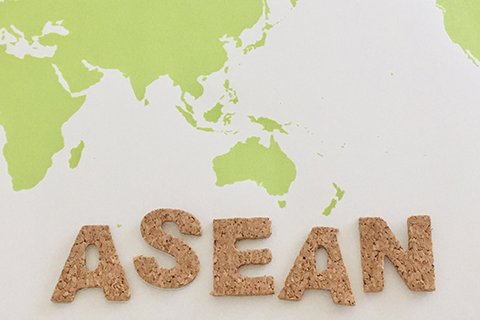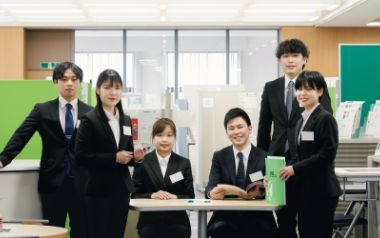ASEAN Support for Peace in Myanmar
2023.12.22
Conflict and Democracy in Myanmar
The country of Myanmar has experienced varying levels of internal conflict since its independence from Britain in 1948. There are many reasons for this, but two important results have been long-term underdevelopment and military dictatorship. However, in 2003, the military government announced the "roadmap to democracy", which included a new constitution (in 2008), and a general election (in 2010). Democratization began to deepen when the opposition National League for Democracy (NLD) won 43 new seats in Parliament in 2012. One of the new members of parliament was the leader of the NLD, Aung San Suu Kyi. It seemed that she had reached an agreement with the Myanmar military, the Tatmadaw. Then, in the 2015 general election, the NLD won an enormous majority, and formed the new government, with Aung San Suu Kyi as leader. It seemed that the process of democratization in Myanmar was continuing successfully. Importantly, a peace deal to end the ongoing conflicts was not realized. However, following a further defeat in the late-2020 elections, in early-2021 the military took back direct control of the state, arresting and imprisoning leaders of the NLD government. As democracy died, conflict around the country increased. Of course, internal peace and security is the most important function of the government, but how can external actors assist in finding peace and solving this political crisis?
ASEAN peace efforts: consensus?
In April of 2021, the ASEAN Leader's Meeting was held in Indonesia. Representatives of all ASEAN countries, including General Min Aung Hlaing, the military leader of Myanmar attended the meeting. After this meeting, it was announced that ASEAN had adopted a 'five-point consensus on Myanmar'. A key part of this was to create a Special Envoy (a kind of Ambassador) to Myanmar, chosen by the Chair of ASEAN. We can use this to try to answer our previous question. Importantly though, we can also use this to investigate whether or not there really is an ASEAN consensus on Myanmar. This is because the Chairmanship of ASEAN changes yearly. If there really is consensus, there we would expect some continuity in the ASEAN approach to peace in Myanmar.
Brunei takes the lead
In August of 2021, Brunei's second minister for foreign affairs, Erywan Yusof, was appointed as the first ASEAN Special Envoy to Myanmar. But he cancelled a planned visit to Myanmar because he would not be allowed to meet opposition leaders. Yusof was very critical of the government in Myanmar. Importantly, Myanmar's leader was not allowed to attend the October 2021 ASEAN summit held in Brunei. So, in 2021, it looked like ASEAN efforts to assist the peace process in Myanmar were failing.
Cambodia takes a different approach
But, after the 2021 ASEAN summit, Cambodia took over as Chair of ASEAN, and its leader, Hun Sen took a very different approach. In January 2022, he visited Myanmar and met with the leaders of the government. Also, he appointed a new Special Envoy, Cambodian foreign minister, Prak Sokhorn, who visited Myanmar two times in 2022. He was not allowed to meet Aung San Suu Kyi, nor other members of the pre-2021 democratically-elected NLD government, but he was allowed to meet with leaders of some of the ethnic armed groups that are fighting the government. Cambodia was clearly taking a very different approach, and is a sign of a lack of consensus within ASEAN.
Yet another approach from Indonesia
In 2023, Indonesia took over the Chair of ASEAN, and announced it would create a new Office of Special Envoy. This was an attempt by Indonesia to create more consistency in the ASEAN approach. In contrast to the Cambodian approach, Indonesia hosted a meeting in Jakarta in November 2023, which included members of pro-democracy groups, ethnic armed groups and members of the previous NLD government. No members of the current Myanmar military government attended.
As of late-2023, the conflict in Myanmar continues, resulting in large loss of life, and the political crisis also continues. This brief look at ASEAN attempts to assist in the peace process shows two things. Firstly, it is very difficult for external actors to assist in a peace process, and secondly, ASEAN consensus is very limited.

パトリック ストレフォード 教授
ODA/政府開発援助






